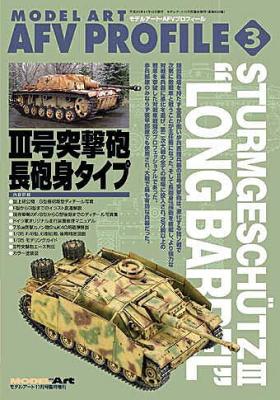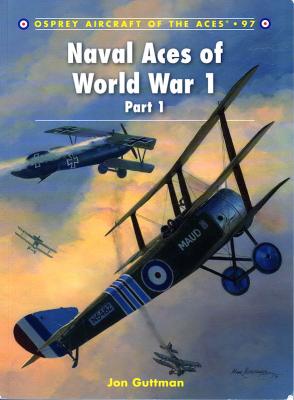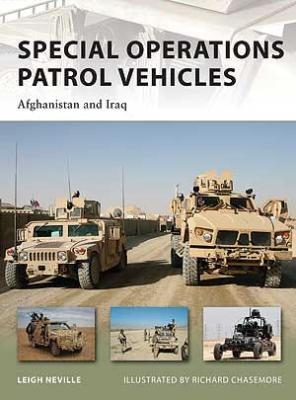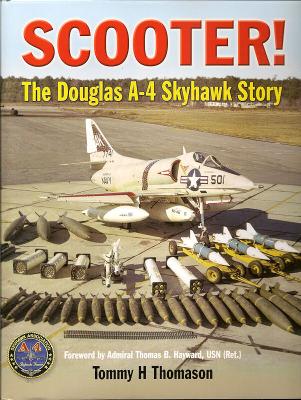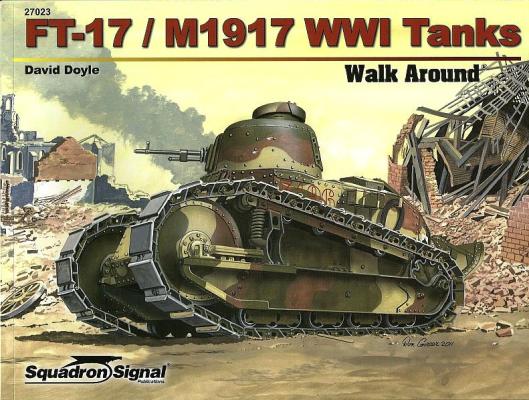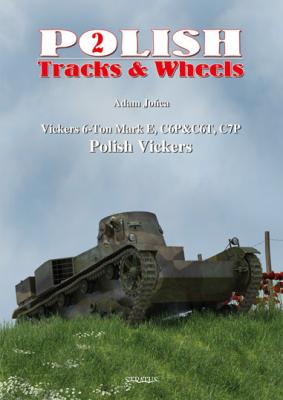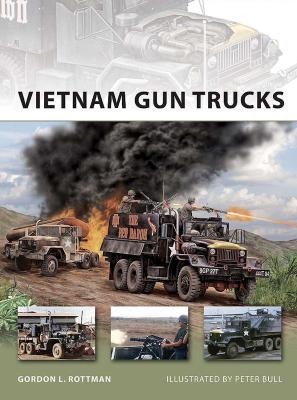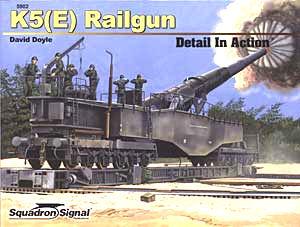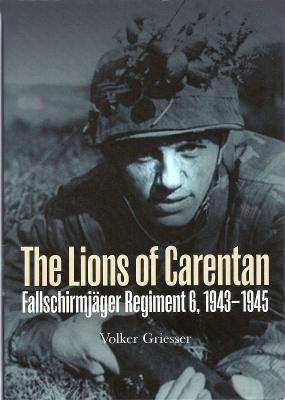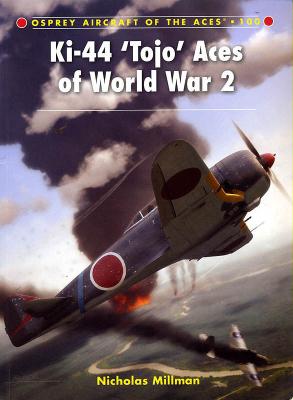Destroyed over 20,000 of enemy's tanks!
Thoroughly explain about the professional of antitank warat it thoroughly dissects only one AFV so that the readers can be fully informed about it.
The acclaimed AFV Profile 3rd issue is featured on Sturmgesch,tz III “Long Barrel.” Sturmgesch,tz III is the only one that was able to fight against KV, a Soviet heavy tank and T-34, a Soviet medium tank during the Soviet invasion. It also received attention as an antitank which was equipped 75†mm StuK 40 L/48 main gun, known as Sturmgesch,tz 40 Ausf,hrung F , Ausf. F/8 and Ausf. G. Another conspicuous feature of it is that it had turned out excellent tank killers who many of them were awarded Knight's Cross of the Iron Cross like Tiger I did.

